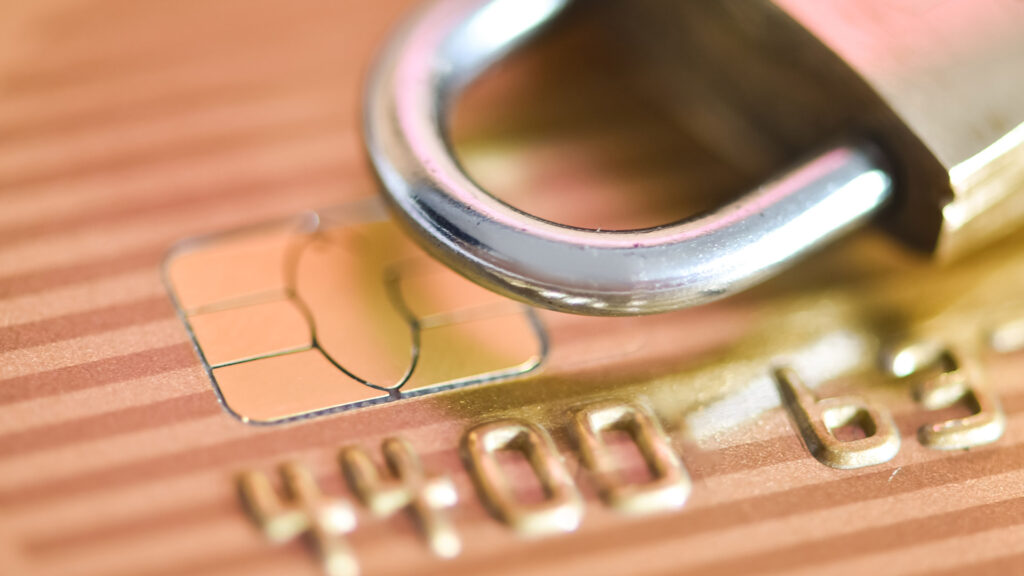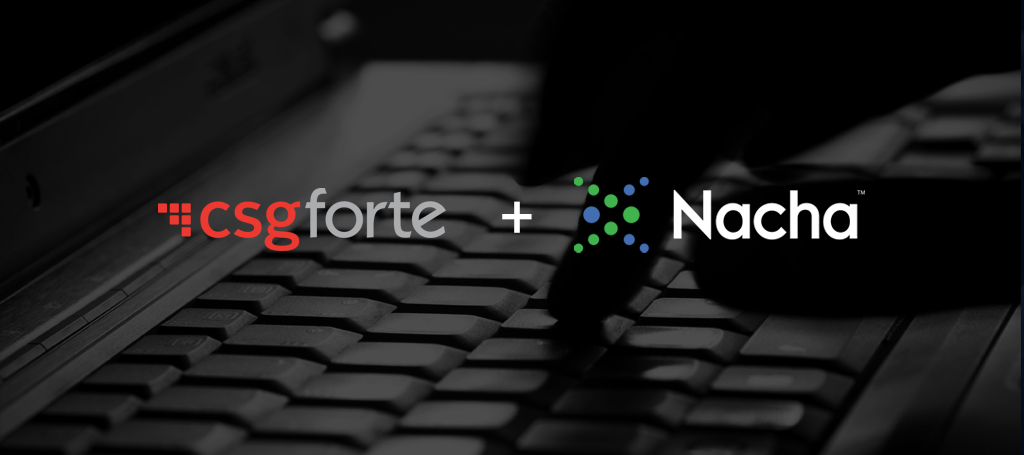How Can ACH Payments Simplify Payments for Property Managers?
As a property manager, dealing with late rent payments, manual processing and human errors each month can be frustrating and time-consuming. Luckily, digital payment options can ease many of these burdens by providing your business and its tenants with streamlined payment collection solutions that offer enhanced security, traceability and convenience.
Automated clearing house (ACH) payments are becoming an increasingly popular option among property managers and landlords—and for good reason. These systems effectively simplify how your business facilitates taking payments, providing better experiences for your renters. Explore the key advantages of leveraging ACH payments below.
Using ACH for Rent Payments
An ACH payment is a type of electronic funds transfer (EFT) that allows users to send and receive money electronically between bank accounts. ACH is especially useful for property managers and landlords to simplify how they facilitate payments associated with their rental properties.
ACH transactions can optimize property management payment processing for various types of transactions, including the following:
- Rent collection
- Contractor fees
- Security deposits
- Utility bills
- Homeowners association (HOA) dues
Benefits of ACH Payments for Property Managers
Property managers can deal with a high volume of monthly transactions, and leveraging ACH can help them manage payments more effectively. Explore some of the key advantages of using automated clearing house payments for your business.
Enjoy Cost Savings
As a landlord or property manager, processing paper checks for your tenants can quickly become expensive. ACH payments offer a cost-effective way to collect rent payments and security deposits. Streamlined payment processing means fewer labor costs associated with collecting and correcting renter transactions. Your business also does not have to deal with hidden fees.
Save Time
Another key advantage of using ACH is saving significant time each month. Collecting, processing and depositing rent checks can require hours of manual labor every week. ACH payments automate the fund transfer process, enabling your team to save time and energy you can spend on other essential management tasks.
Boost Cash Flow
By providing renters with convenient recurring payment options, you can enjoy a more predictable income stream and better cash flow management. Automation helps reduce administrative and transaction costs, helping your business improve profits. ACH payments also streamline debt collection efforts, making recovering overdue or returned payments faster and more effective.
Improve Tenant Relationships
Landlords and property managers can improve their relationships and reputation with their tenants by offering ACH payments. These systems provide renters with increased convenience, predictability, flexibility and security, making monthly rent transactions easier than ever. You can support improved satisfaction and a positive rental experience for your tenants.
Simplify Reconciliation
ACH payments also support easier reconciliation processes by providing the following:
- Detailed transaction information
- Automated recordkeeping
- Real-time updates
- Fewer human errors
- Audit trails
With more accurate and accessible financial reporting through ACH transactions, you can enjoy streamlined property management processes.
Benefits of ACH Payments for Renters
In addition to benefiting landlords and property managers, ACH payments are advantageous for tenants looking to simplify how they pay their monthly rent. The following are some key perks of leveraging ACH transactions for your renters.
Cost-Effectiveness
ACH payments come with few or no processing fees for renters. These payment solutions are typically more cost-effective than other common money transfer methods, such as paper checks. Most financial banking institutions require customers to pay for physical checks, a cost that adds up over time.
ACH costs are also significantly cheaper than processing paper checks, which can be subject to a range of internal and external fees, from network processing to postage expenses.
Convenience
Making ACH payments is very convenient for your tenants. When using ACH, property managers can make it easy for tenants to set up recurring rent payments. Tracking ACH payments is also a huge benefit. Your renters don’t have to worry about a physical check getting lost in the mail or arriving late. They can view their transactions online and ensure you’ve received their money. Offering convenient, automated ACH payment options can increase the likelihood of renters making on-time payments.
Greater Security
Another advantage for renters using ACH payments is enjoying safer money transfers. The ACH system is a government-established solution and must meet strict federal regulations for online payment security.
Nacha, which is the organization that oversees the ACH network, offers additional risk management services to protect these digital transactions and combat fraud.
Flexibility
Today’s renters want flexibility. Making ACH payments allows them to schedule their payments in advance and leverage automatic recurring charges, giving them greater control over their finances and peace of mind. Your tenants will also appreciate being able to pay via the methods most conducive to them and their preferences.
Fewer Errors
Human error can complicate rent payments. Whether they accidentally enter the wrong account number or payment amount as they complete their monthly rent transactions, a minor mistake can lead to late fees and headaches. An ACH payment solution lets them enter and authorize their banking information once, ensuring accuracy. Then, they can rely on automation to facilitate correct, on-time payments.
How to Set up ACH Payments for Rent
The best way to set up ACH payments for renters is to work with a trusted payments provider, like CSG Forte. We have extensive experience in the property management industry, and our platform makes accepting ACH payments from your tenants simple. We understand the importance of receiving rent payments on time to protect your bottom line.
CSG Forte will improve your payment processing and deliver outstanding data privacy and security, so you can feel good knowing your renters’ information is safe. We’ll help you streamline your administrative processes while reducing late payments and fraud.
Contact CSG Forte to See Our ACH Platform in Action
Property managers and landlords can easily capitalize on ACH payment processing with CSG Forte.
Give your tenants an easy, secure way to pay their rent and receive your payments on time every month. Our platform makes tracking funds and managing transfer confirmations simple. It offers access to over 20 banking institutions and enables same-day payment options for remarkable convenience for you and your renters.
Are you interested in learning more about our one-stop shop for payment processing? Contact CSG Forte to get started today.








